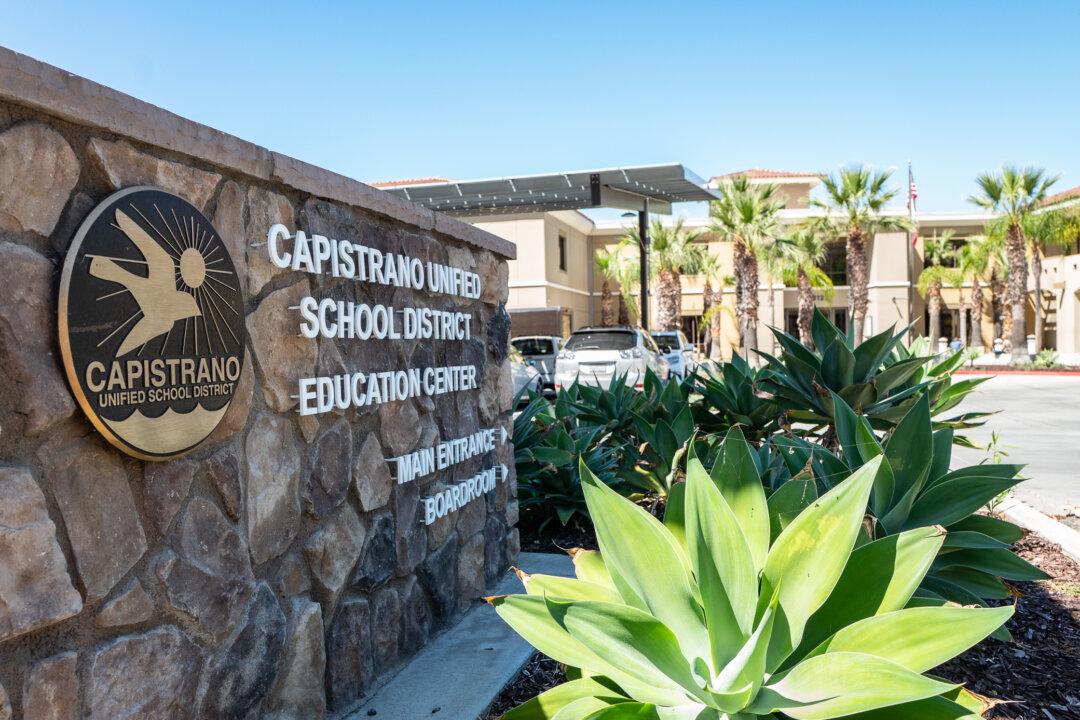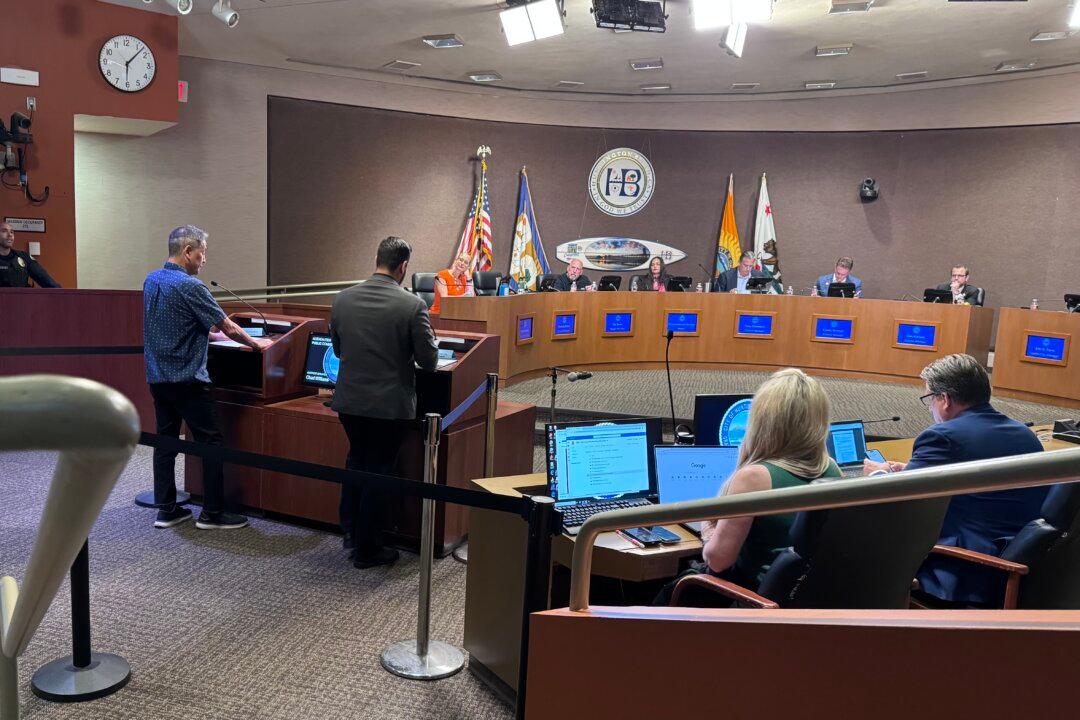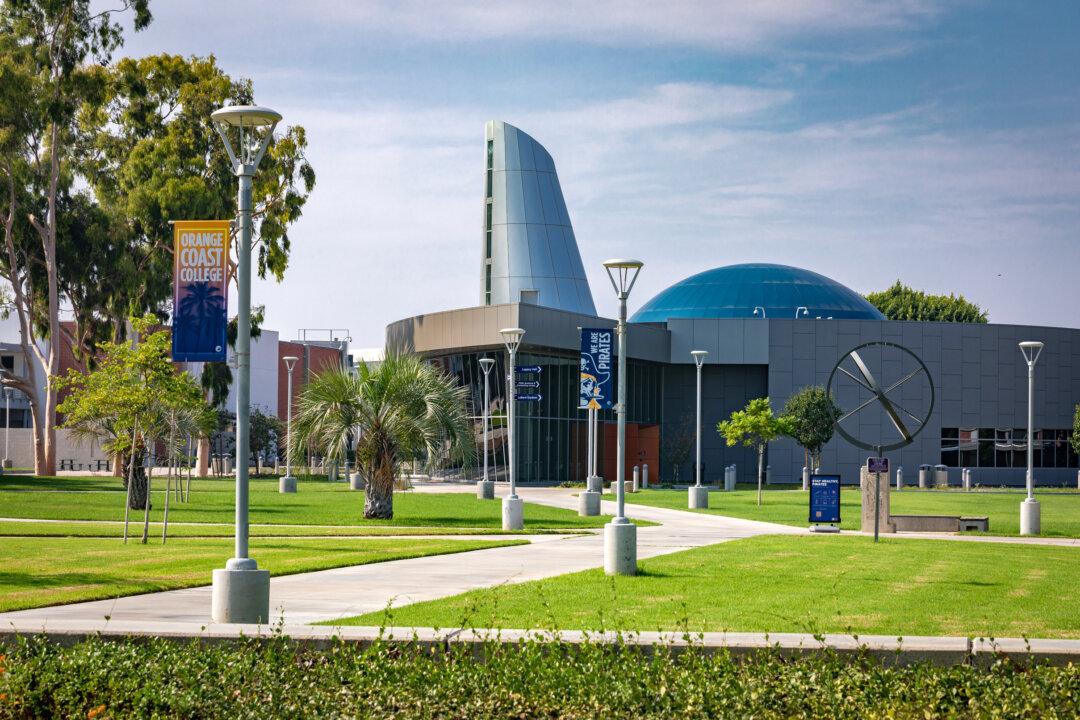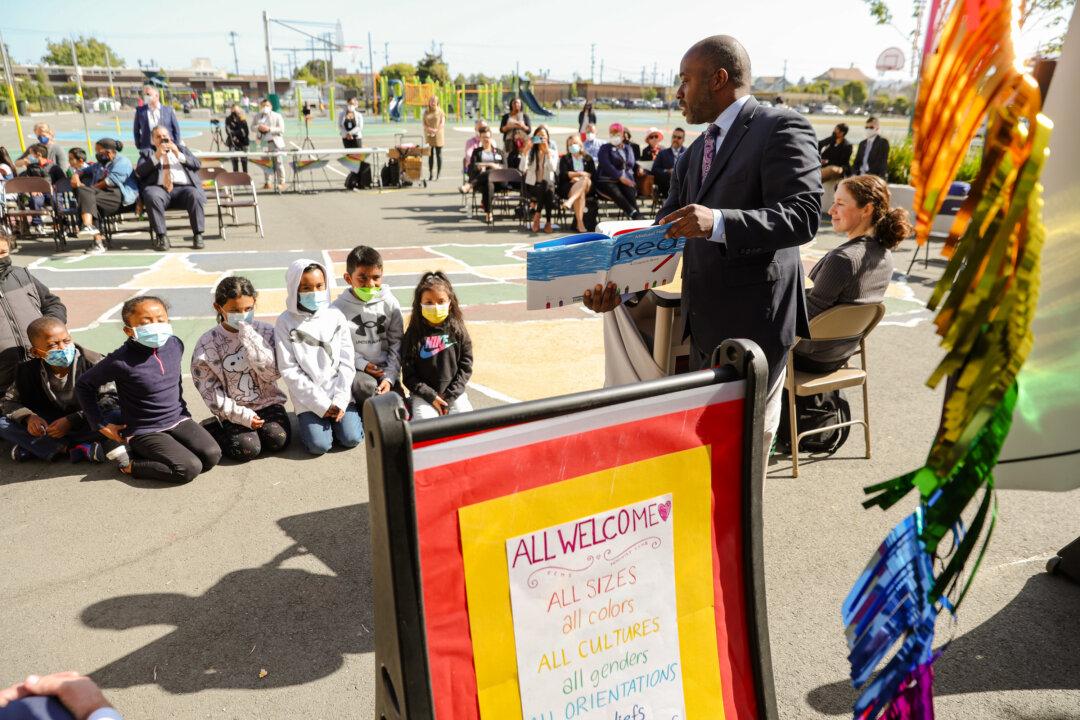The Capistrano Unified School Board approved a new program last week to allow foreign students to enroll in the district’s schools for up to a year.
The program—which is separate from the district’s existing student exchange program—is intended to “provide another form of access for international students ... as well as augment enrollment,” according to an Oct. 19 board report.





